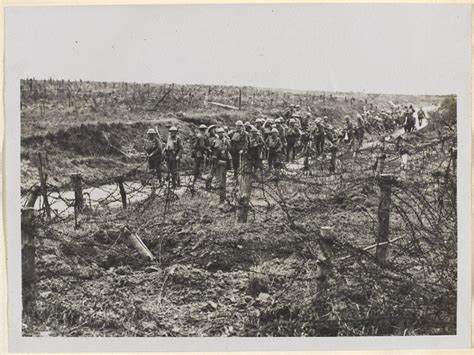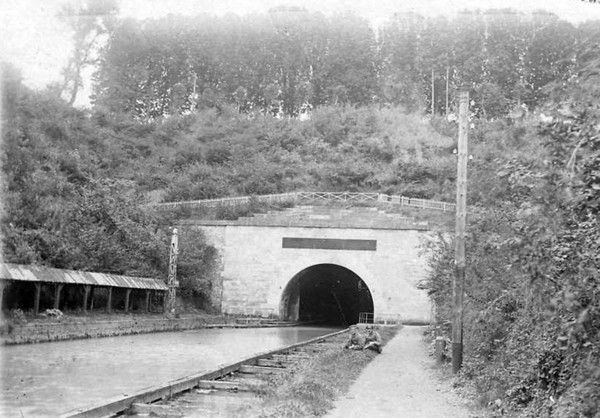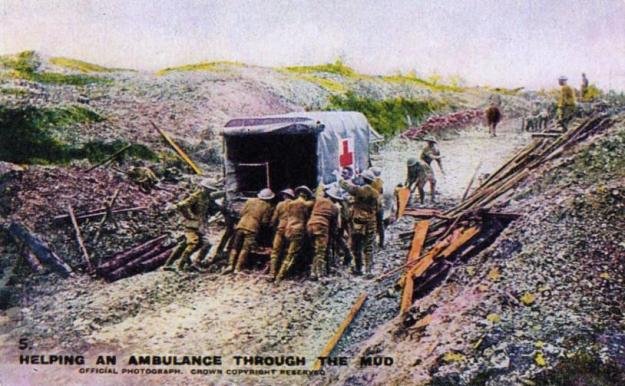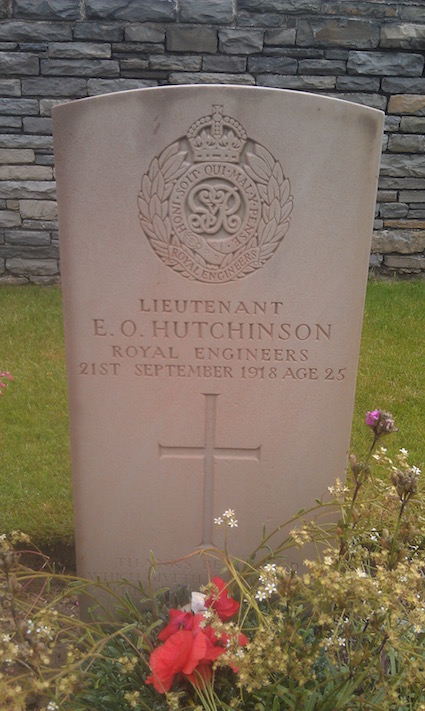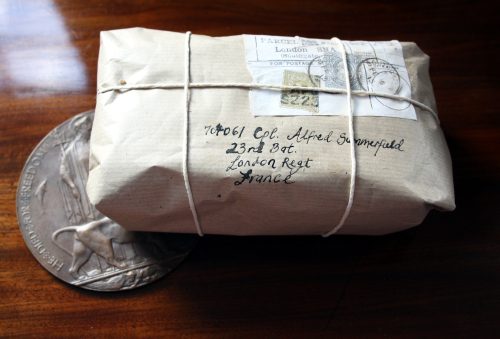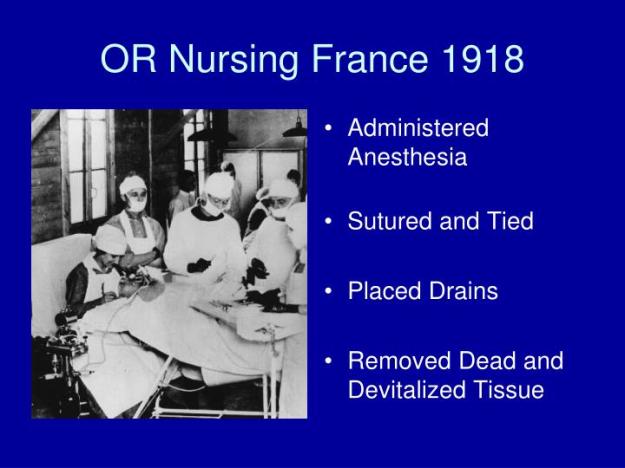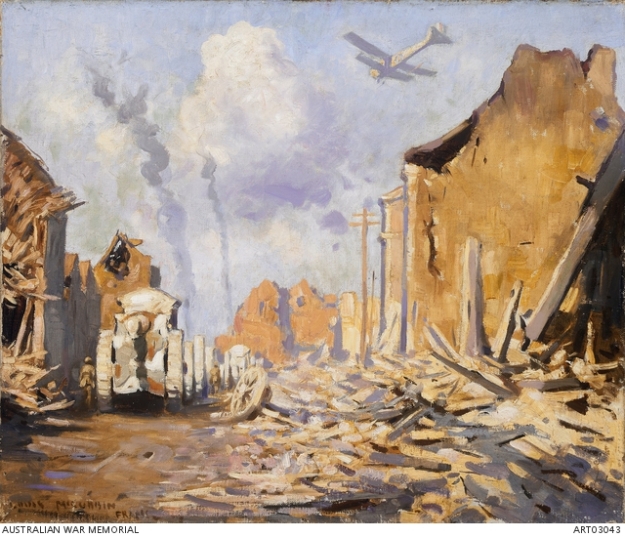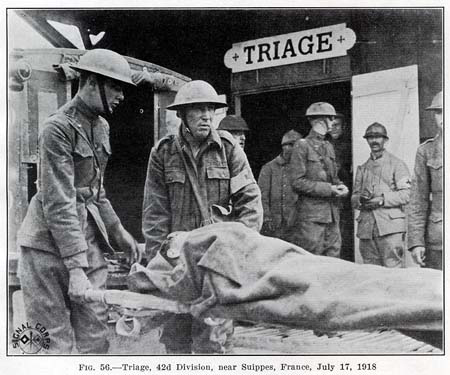Wednesday, September 18th 1918. Left No 5 CCS with our team. Paid mess bill there of Fr 20. Had lunch with our Amb at Cappy and then went on with our team to No 20 CCS near Doingt, just passed Peronne. The Corps attacked last night and there is a rush of wounded here. I am on night duty with two of our team working on blood transfusion. Capt Wood and I sleep in a tent. Met an MO named Davis who knows them all at home. Transfusion during the night and an amputation.
*Notes from Wikipedia on the battle of Epehy noting the Australian mutiny by refusing to help the British
On 18 September at 5.20 am, the attack opened and the troops advanced. The promised French assistance did not arrive, resulting in limited success for IX Corps on that flank. On the left flank, III Corpsalso found difficulty when attacking the fortifications erected at “the Knoll”, Quennemont and Guillemont farms, which were held determinedly by German troops, the village was however captured by the British 12th Eastern Division [7th Norfolk, 9th Essex and 1st Cambridge]. In the centre, General John Monash‘s two Australian divisions achieved complete and dramatic success. The 1st Australian Division and the 4th Australian Division, had a strength of some 6,800 men[3] and in the course of the day captured 4,243 prisoners, 76 guns, 300 machine-guns and thirty trench mortars. They took all their objectives and advanced to a distance of about 3 miles (4.8 km) on a 4 miles (6.4 km) front. The Australian casualties were 1,260 officers and men (265 killed, 1,057 wounded, 2 captured).[3] The battle saw the first mutiny of Australian forces, when 119 men of the 1st Australian Battalion refused to conduct an attack to help the neighbouring British unit. Rather than face charges of desertion in the face of the enemy, they were charged with being AWOL (with all bar one soldier having their charges dropped after the armistice).
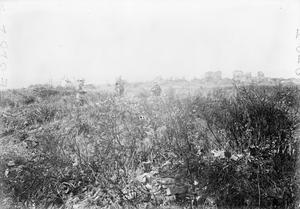
- The ruins of Ascension Farm, a strongpoint in the German second line, after captured by the 45th Infantry Battalion, Australian Imperial Force on 18 September 1918.
